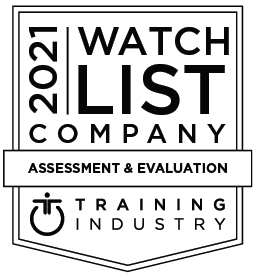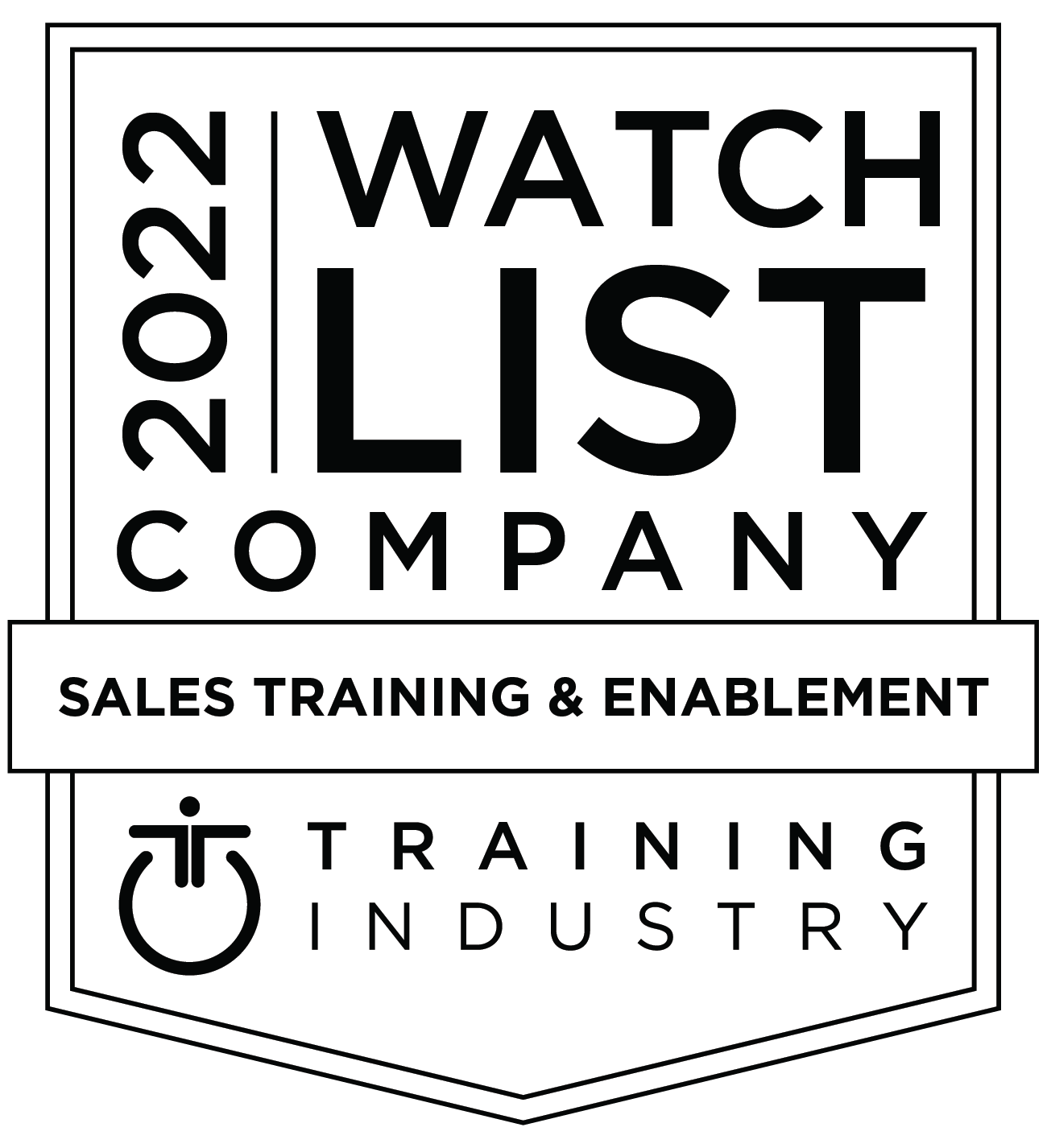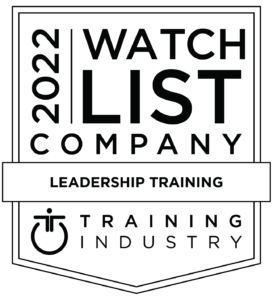There are thousands of pieces of advice on how to plan for, create, and then run an efficient and effective business meeting. Just search Amazon for books on “running meetings” and you’ll get over 4,000 results.
Recent bestsellers like Steven Rogelberg’s, The Surprising Science of Meetings, offer advice about how to improve meeting quality. Others with descriptive titles like, Don’t Waste My Time and Death By Meeting, successfully highlight a perception and mood people have about meetings in general.
Most people really don’t like them.
Even with all of these new resources there really isn’t much new thinking going on about meetings. Yes, there are many checklists you could use like creating an agenda, having a timekeeper, limiting the number of participants, allowing time for silent contemplation, and assigning accountability. But these tools can vary greatly for every organization, or more importantly, for every individual meeting leader.
What if I told you that something as simple as adding a few straightforward sentences to meeting invitations would make the resulting meetings much more efficient and productive?
It’s true, but only if those sentences follow a specific framework: Mandel’s thinking and messaging tool, SCI-PAB® (Situation/Complication/Implication – Position/Action/Benefit).
Raise Your Hand If You’ve Daydreamed in a Meeting
You’re not alone. According to Steven Rogelberg, “Some 90% of people report daydreaming in meetings, and 73% admit that they use meeting time to do other work.” Maybe you’ve been in a meeting, only to realize 10 minutes in that you didn’t need to be there. Or maybe after 10 minutes, you’re still wondering?
With employees attending an average of 62 meetings a month, and executives spending an average of 40-50% of their working hours in meetings, a poorly run meeting can easily equal two months per year of wasted productivity. In the average Fortune 50 company, that equates to $75 million per year.
Learn How to Protect and Optimize Time
George O’Meara knows all about the importance of time and the impact it can have on the bottom line. Under his leadership as head of Cisco Services Sales, his team grew revenues from $800 million to $6 billion. He recognized the inefficiency of most meetings in his organization, “Valuable time would evaporate as a meeting meandered back and forth, with people trying to clarify their positions.”
He found that all of this ineffective communication led to dysfunction across teams. He needed a solution that everyone could implement consistently as an organization, for every communication, including meetings. Mandel’s SCI-PAB was the secret.
Initially, George started by protecting his own time, asking anyone in Services Sales who wanted to meet with him to include a SCI-PAB in the meeting invitation. This not only helped him to quickly prepare for the meeting, but it also gave him insight as to the readiness of the requestor to meet with him — or if they even needed to meet with him at all.
This proved so successful, that his direct reports were soon doing the same thing, and it quickly went viral throughout the Cisco Services organization. Including a SCI-PAB in meeting invitations and then opening meetings with that framework quickly became part of the culture.
George and his organization found that this quick and easy solution reduced time spent on positioning and resulted in much faster time to alignment and focus. This meant less time wasted for everyone.
Start with Your “Why”
Every successful communication begins with a connection. Why should a meeting invitation be any different? Perhaps one of the most important things to understand before inviting others to attend a meeting is what your intention is behind it. Not only do you need to be clear on why you’re calling a meeting, but you need to be able to convey that reasoning clearly and succinctly to others.
When people first understand your purpose (the why), their interest naturally flows into action items (the how), and finally into the proposed outcomes (the what). Simon Sinek describes this concept with his model of the “Golden Circle,” explaining how inspired and influential companies communicate most successfully to their customers. He suggests moving from the inside “why” to the outside “what,” but that most people approach things the other way around, to the detriment of those they are trying to influence.
There’s also plenty of neuroscience that shows why people like the “why” in the first place. Put simply, you’re creating a connection of empathy and trust by activating the brain’s limbic system and prompting a release of oxytocin in the brain. Remember, successful meeting invitations begin with a connection.
How SCI-PAB® Creates Context for Your Meetings
Mandel’s SCI-PAB model is a communications framework that is inherently empathetic. It makes you put yourself in your listener’s shoes. The S-C-I is all about the why – but not just your why – it needs to also resonate with the meeting participants you are inviting.
- Situation: Start by linking your meeting topic to the meeting participants’ top of mind concerns.
- Complication: Share a change, a challenge, a problem, or an opportunity that’s come up.
- Implication: State how the complication impacts things the meeting participants’ care about.
If the first half of your meeting with SCI-PAB focuses on the why, the second half addresses the how and the what. Assuming that your implication has “care-about” value, namely that it may either negatively impact or positively support one of the meeting participants’ primary goals, they’ll want to hear your meeting recommendations:
- Position: State your high-level vision of what needs to happen in the meeting to mitigate the problem or act on the opportunity.
- Action: Be very specific about what participants must do, including preparation for the meeting.
- Benefit: End with the meeting outcomes that need to be achieved.
A SCI-PAB meeting invitation is not meant to be burdensome for meeting owners to create or for participants to read. Think of an elevator pitch. In a few, quick sentences, you can convey what the problem is, how you suggest addressing it, and what you see are the resulting outcomes.
Here’s an example of how SCI-PAB can be used in a meeting invitation:
(SCI) At the last project meeting everything was on track, but now a team member has been reassigned, putting us at risk of missing the deadline.
(PAB) We urgently need to meet to create a contingency plan. Please come prepared to share your ideas and concerns, so that we can determine how to best stay on track and manage expectations.
As this example illustrates, the SCI-PAB format itself enables the creation of compelling context.
Speeding Time to Alignment
When Cisco Services started using SCI-PAB for their meeting invitations and openings, George realized the power of the framework to essentially “sell the problem” so meeting participants want to be part of the solution. As he puts it, “If someone can devise a problem and convince you that it is the cause of all your troubles, then they can sell you a solution.”
As more members of the Cisco Services team used the SCI-PAB framework in their meeting invites, meetings became more efficient simply because everyone knew why they were coming together in the first place. This “sped time to alignment” as they could find their common ground quickly and move toward action plans and solutions.
Shorter Meetings, Successful Outcomes
By incorporating SCI-PAB into meeting invitations throughout an organization, you can harness the power of this simple yet effective tool to cut down on wasteful expenditures of time and money.
Using SCI-PAB during the meeting can also boost productivity. An executive at a leading-edge global provider of construction tools and services partnered with Mandel to improve the efficiency and effectiveness of their proposal planning meetings, which were complicated and interminably long, sometimes stretching to 12+ hours.
After leveraging SCI-PAB in four critical proposal presentation planning meetings, his team achieved a 100% success rate – getting all four proposals approved in record time. What’s more, they were able to reduce what was typically an all-day meeting (or more) to less than 90 minutes.
The CIO of a major metropolitan city and county describes how her team leveraged SCI-PAB to cut down on the number of meetings required to address an issue, saying “If four of my direct reports get in a car and drive to a meeting, and the end result of the meeting is a decision to have another meeting, the personnel costs alone of that additional meeting are more than the costs of the Mandel workshop!”
Using SCI-PAB Makes Meeting Success Repeatable
Mandel clients tell us that one of the most valuable aspects about adopting SCI-PAB as their personal communication framework is that it can be quickly, easily, and effectively applied to just about any type communication. While it will always be useful to design meeting agendas that highlight the scope of the conversation, used alone, they don’t tell participants why they need to be there, or even why they should care. But combine your agenda with the proven power of SCI-PAB? That’s when the timesaving magic happens, every time.
Citations (alphabetical order)
Blog: The Little-Known Secret to More Productive Meetings
Harvard Business Review Staff. (2015). A Checklist for Planning Your Next Big Meeting. Harvard Business Review. Retrieved from https://hbr.org/2015/03/a-checklist-for-planning-your-next-big-meeting
Mandel Communications. (n.d.). The SCI-PAB thinking and messaging tool. Mandel.com. Retrieved from https://www.mandel.com/why-mandel//SCI-PAB-how-to-start-a-presentation
O’Meara, George. (2013). Collaborative Leadership: Lessons from the street to the boardroom. Pleasanton: BumbleBee Publishing.
Pidgeon, Emily. (2014). The economic impact of bad meetings. Ideas.TED.com. Retrieved from https://ideas.ted.com/the-economic-impact-of-bad-meetings/
Rogelberg, Steven G. (2019). Why your meetings stink and what to do about it. Harvard Business Review. Retrieved from https://hbr.org/2019/01/why-your-meetings-stink-and-what-to-do-about-it
Schwarz, Roger. (2015). How to design an agenda for an effective meeting. Harvard Business Review. Retrieved from https://hbr.org/2015/03/how-to-design-an-agenda-for-an-effective-meeting
Sinek, Simon. (2009). How Great Leaders Inspire Action. . Retrieved from https://www.ted.com/talks/simon_sinek_how_great_leaders_inspire_action?language=en
Zak, Paul J. (2017) The Neuroscience of Trust. Harvard Business Review. https://hbr.org/2017/01/the-neuroscience-of-trust










